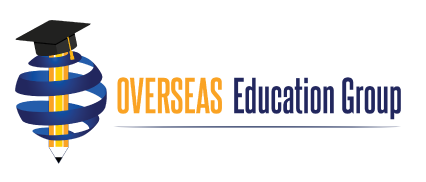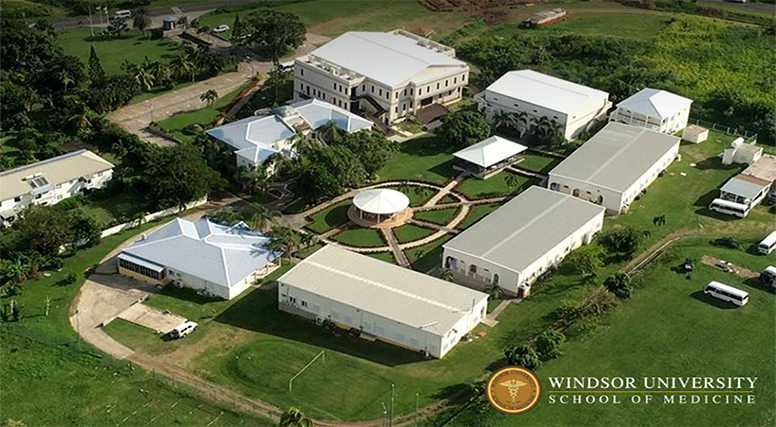

AN INNOVATIVE MEDICAL UNIVERSITY WITH DEDICATED FACULTY IN THE CANNADA

“….Canada's International Education Strategy, a key element of the Global Markets Action Plan, is our blueprint to attract talent and prepare our country for the 21st century. With the support of all the players in the research and education fields—provinces and territories, educational institutions, non-governmental organizations, the private sector—we can make Canada a world leader in international education and ensure our future prosperity….” -a message from The Minister of International Trade
The Canadian “system” of higher education is highly decentralized; responsibility for higher education is delegated to the provinces under Canada’s constitutional federation.
In some important respects higher education in Canada is the story of a network of institutions that break all the rules in terms of accepted norms of organizational theory and system design. There is no national “system”, no national ministry of higher education, no national higher education policy and no national quality assessment or accreditation mechanisms for institutions of higher education. Higher education policy is highly decentralized, but even at this level there is, with a few exceptions, relatively little long-range planning, and a quite limited policy research infrastructure.
This is a country with very high levels of educational attainment, and a number of leading research universities.
The Council of Ministers of Education, Canada (CMEC) was formed in 1967 by the provincial and territorial ministers responsible for education to provide a forum in which they could discuss matters of mutual interest, undertake educational initiatives cooperatively, and represent the interests of the provinces and territories with national educational organizations, the federal government, foreign governments, and international organizations. CMEC is a collective voice for education in Canada and, through CMEC, the provinces and territories work together on common objectives in a broad range of activities at the elementary, secondary, and postsecondary levels.
CIEC is an independent national, non-partisan, not-for-profit, membership based, event driven organization established to operate exclusively within the burgeoning Canada-India education corridor. CIEC enhances ties and creates opportunities for academic institutions and learners from both countries.
Indian student interest in post-secondary education is increasing at the same time as Canadian community Colleges and Universities are seeking greater internationalization and showing a keen interest in India. The time is therefore right to forge closer links between Canadian institutions and their Indian counterparts, both in the area of student recruitment and also in forging partnerships, affiliations, joint programming and facilitating an exchange of faculty & scholars.
CIEC provides a solid basis for increased cooperation between Canadian and Indian education institutions and furthers the internationalization of Canada’s education sector. The Council builds on past successes of synergistic models and adds structure to loosely formed alliances & intermittent Provincial and Federal initiatives in its engagement with India.
1. Direct Admission : Unlike USA or UK, Canada does not provide any option for undergraduate or MBBS programs directly after schooling. They offer MD courses and for a direct admission to a Canada top medical school, one needs to fulfill the following criteria-
The first half of the medical curriculum is dedicated mostly to teaching the fundamentals of, or basic subjects relevant to, medicine, such as anatomy, histology, physiology, pharmacology, genetics, microbiology, ethics, and epidemiology. This instruction can be organized by discipline or by organ system. Teaching methods can include traditional lectures, problem-based learning, laboratory sessions, simulated patient sessions, and limited clinical experiences.
The remainder of medical school is spent in clerkship. Clinical clerks participate in the day-to-day management of patients. They are supervised and taught during this clinical experience by residents and fully licensed staff physicians. Typical rotations include internal medicine, family medicine, psychiatry, surgery, emergency medicine, obstetrics and gynecology, and pediatrics. Elective rotations are often available so students can explore specialties of interest for residency training.
Students enter into the Canadian Resident Matching Service (CaRMS) in the fall of their final year, where they rank their preferences of hospitals and specialties. The programs to which they applied rank each student. Both sets of rank lists are confidential. Each group's preferences are entered into a computerized matching system to determine placement for residency positions.
The length of post-graduate training varies with choice of specialty. Family medicine is a 2-year program accredited by the College of Family Physicians of Canada (CFPC), and third year programs of residency training are available in various areas of practice, including Emergency Medicine, Maternal/Child, Care of the Elderly, Palliative Care or Sports Medicine. All other medical specialty residencies are accredited by the Royal College of Physicians and Surgeons of Canada; most are 5 years long. Internal medicine and pediatrics are 4-year programs in which the final year can be used to complete a fellowship in general internal medicine or general pediatrics, or used towards a longer fellowship (e.g., cardiology). A few surgical residencies, including cardiac surgery, neurosurgery, and some general surgery programs, last 6 years. Sub-specialty fellowships are available after most residencies.
For many residencies, the first postgraduate year (PGY1) in Canada is very similar to a rotating internship, with 1-2 month-long rotations in diverse fields. In Canada a graduate is also committed to a sub-specialty earlier than any other country like the USA.
Some sub-specialties are organized differently. For example, in Canada unlike the USA, cardiac surgery is a direct-entry residency (equivalent training can be obtained by pursuing a cardiac fellowship following residency in general surgery, but this route is far less popular). A fellowship in thoracic surgery can be pursued following residency in either cardiac or general surgery.
Funding is also provided for postsecondary assistance and programs for Status Indian students residing on or off reserve, as Indian and Northern Affairs Canada supports approximately 23,000 students annually for tuition, books, and living allowances. The department also provides support to some postsecondary institutions for the development and delivery of college- and university-level courses designed to enhance the postsecondary educational achievement of Status Indians and Inuit students.
In addition to providing revenue for universities and colleges through transfer payments, the federal government offers direct student support. These programs, and many similar ones offered by the provinces and territories, are designed to make postsecondary education more widely accessible and to reduce student debt:
© Copyright 2023. All Rights Reserved.By Overseas Education Group